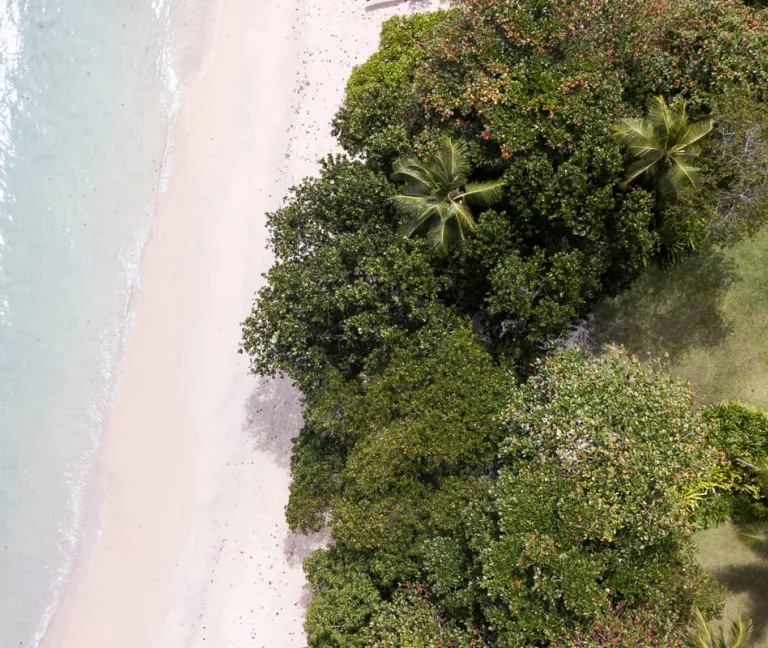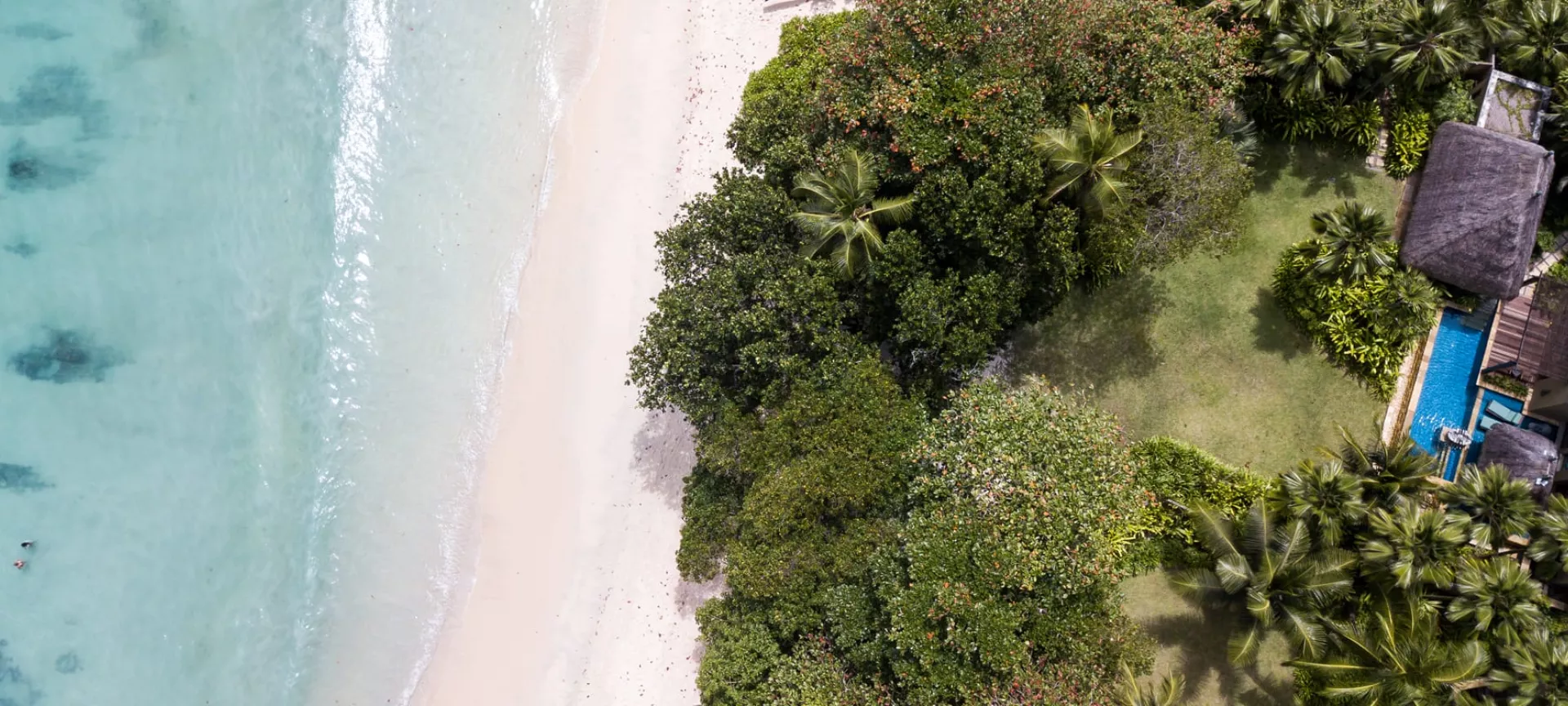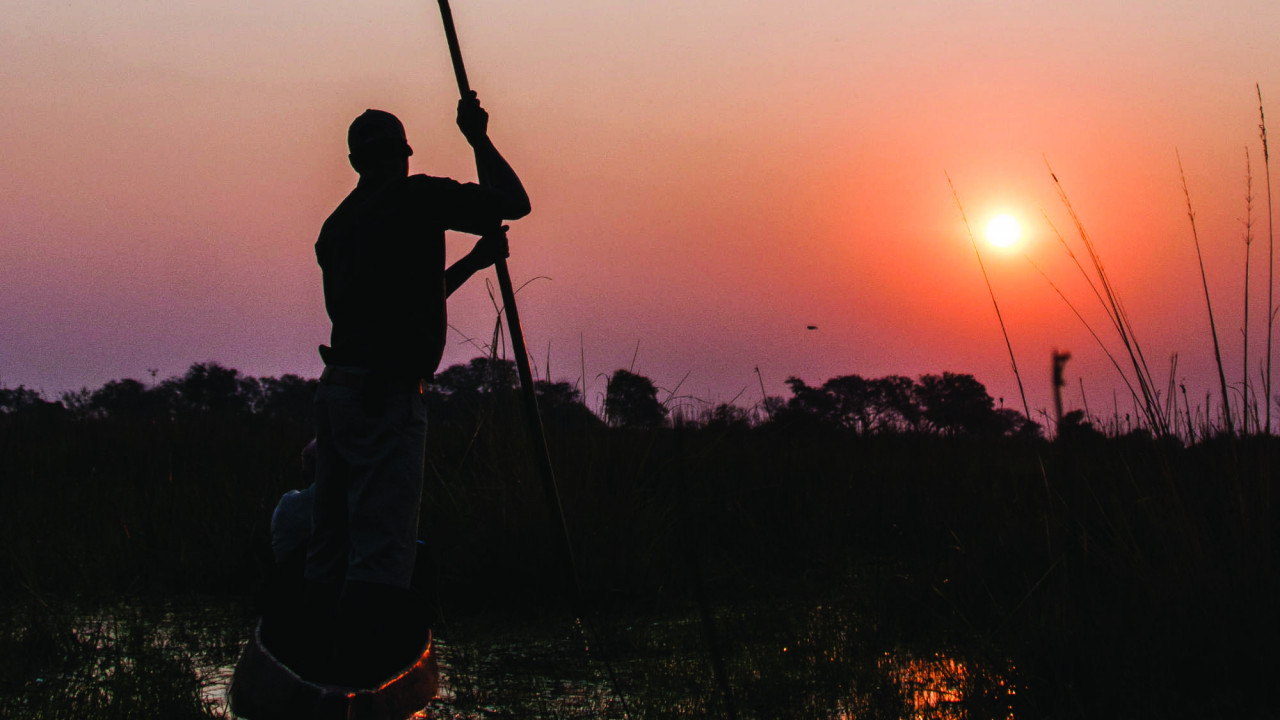
As sunset creeps over the tranquil waters of the Okavango Delta, an iconic silhouette develops against the backdrop of the golden sky – the mokoro.
This traditional canoe, crafted from the sturdy trunk of a native Jackalberry, Ebony or Sausage tree, has been an integral part of life in Africa for centuries. With a history as rich and intricate as the waterways it navigates, the mokoro has woven itself into the cultural fabric of northern Botswana.

Mokoro on the Zambezi River - Royal Chundu Zambezi Island Lodge
The mokoro’s story is rooted in the ingenuity of the local peoples. The indigenous cultures of the Okavango Delta, such as the Bayei, the Banoka and the Hambukushu, devised this canoe as a practical solution for navigating the delta's complex network of channels and lagoons. Its design, a long and narrow vessel pointed at both ends, allows it to glide effortlessly through shallow waters and dense vegetation, providing an ideal mode of transportation in an environment where solid ground is often scarce.
Beyond its practical utility, the mokoro embodies the spirit of connection between man and nature. For the local communities, the act of propelling a mokoro through the water is a harmonious dance with the environment. It is a means of sustenance, allowing for fishing and transportation, but also a way of life that nurtures a profound respect for the delicate ecosystem that surrounds them.
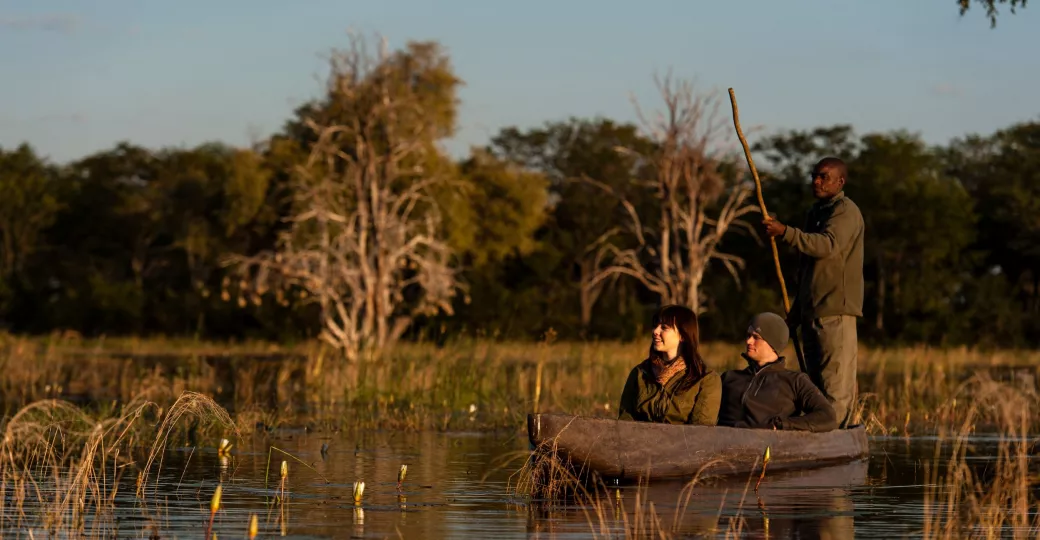
Guests on a mokoro trip from Sable Alley, Botswana
The mokoro also plays a pivotal role in ecotourism in Botswana, offering travellers a unique and authentic experience. Drifting along the serene waterways, guests are granted an intimate view of the diverse wildlife that thrives in the delta. From graceful antelope coming to drink at the water's edge to the majestic elephants cooling off in the shallows, and a plethora of bird and insect life within an arm's reach, the mokoro provides a front-row seat to nature's spectacle.
In recent years, the mokoro has faced challenges stemming from environmental concerns and changing cultural dynamics. Efforts to protect the fragile wetland ecosystem have prompted a shift toward more sustainable practices, including restrictions on traditional mokoro construction. Traditionally, mokoros were painstakingly carved by hand from single tree trunks; the skills required to create these vessels were passed down through generations, ensuring the preservation of this ancient craft. As time has progressed, modern materials such as fiberglass and aluminium have found their way into mokoro construction, offering a more sustainable approach while honouring the craft's heritage.
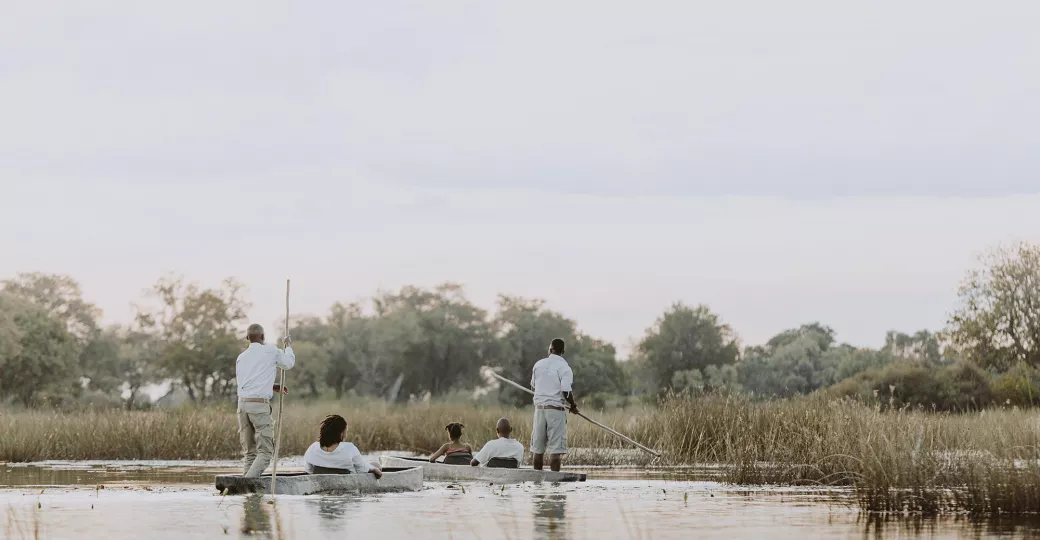
Mokoro through a flooded Okavango Delta, Botswana - Wilderness Safaris
Despite these challenges, the mokoro remains an enduring symbol of cultural heritage and environmental appreciation. It serves as a bridge between the past and the present, connecting generations through the art of crafting and navigating these graceful canoes.
As travellers and communities recognise the value of preserving this legacy, the mokoro continues to paddle its way through time, reminding us of the delicate balance between human ingenuity and nature's intricate beauty.
P.S. In true Bonamy fashion, as a fun little side-note: 'Mokoro' or 'makoro' is used as the spelling for a singular boat, and 'mekoro' is used when talking about plural boats.

James Handley
Born and bred in the South of England, James is Bonamy’s intrepid traveller. When not honing his skills in London over the last decade, he's spent much of his time on self-planned expeditions and a...
View profileNever miss a notebook entry with our newsletter

